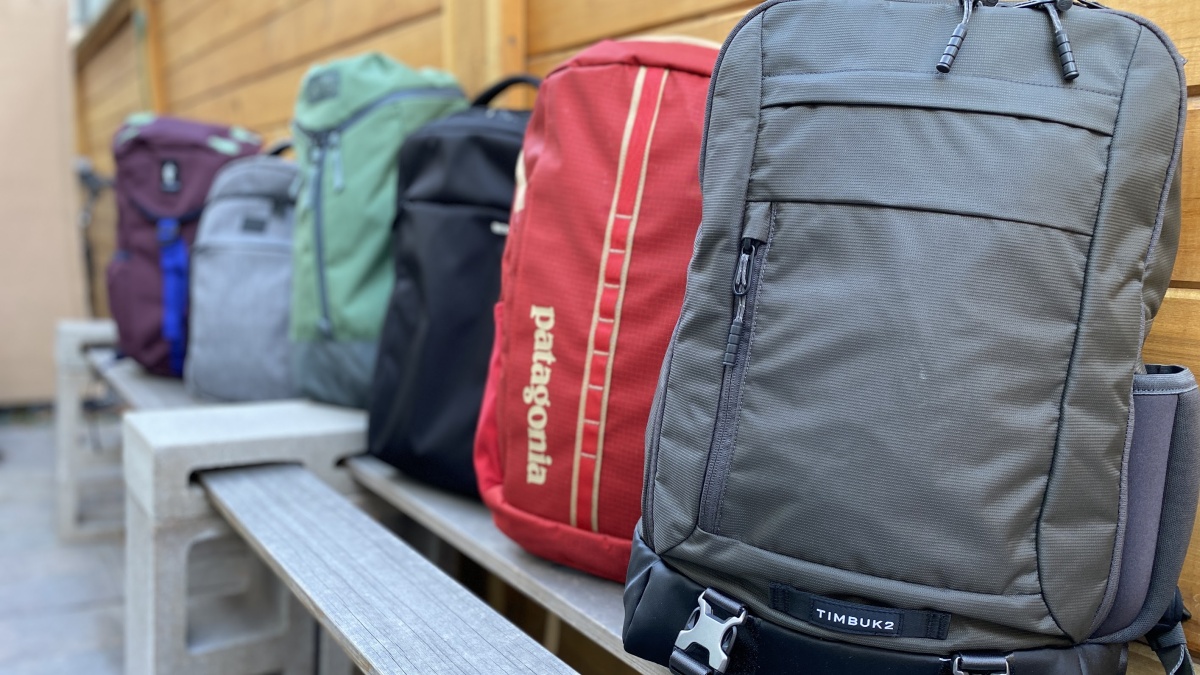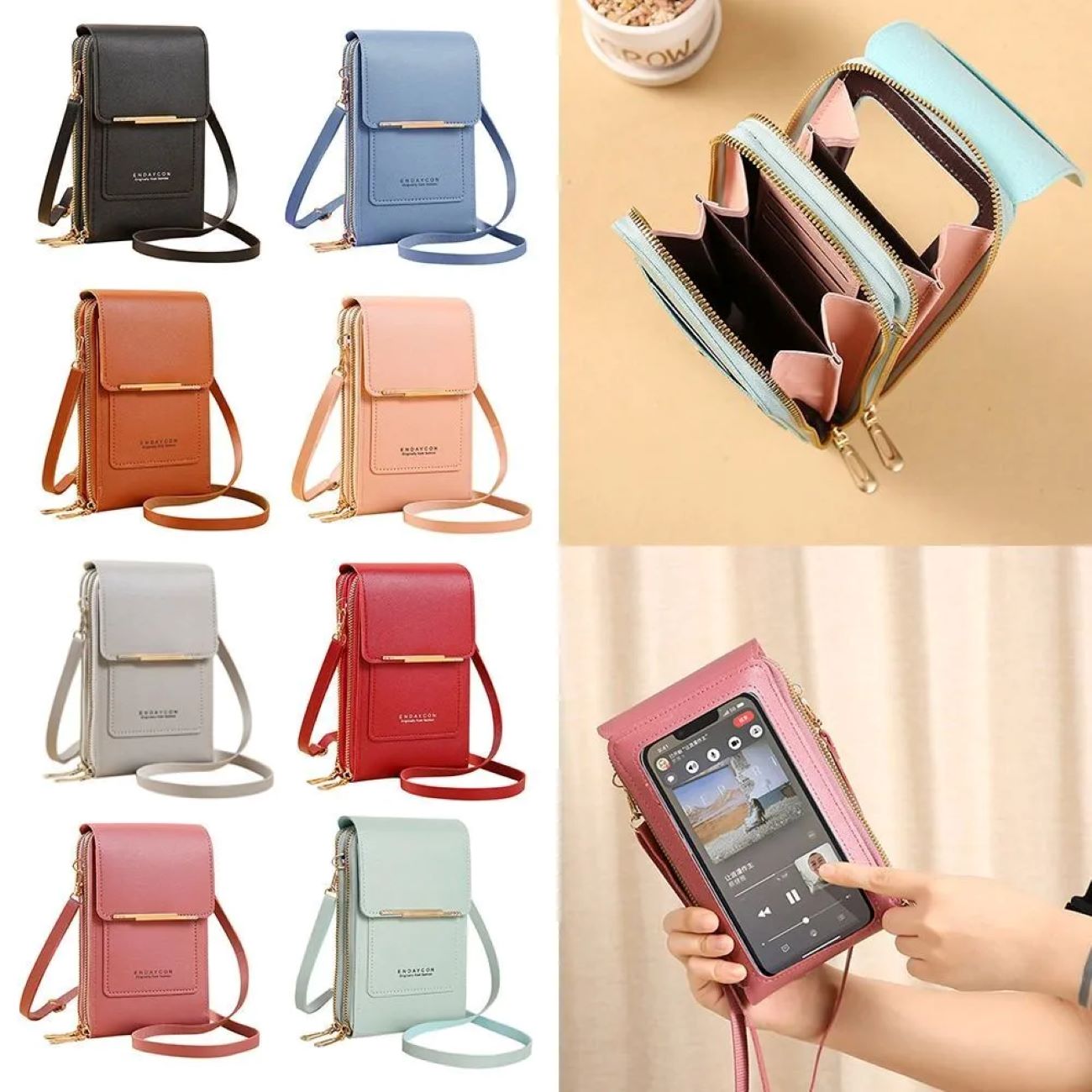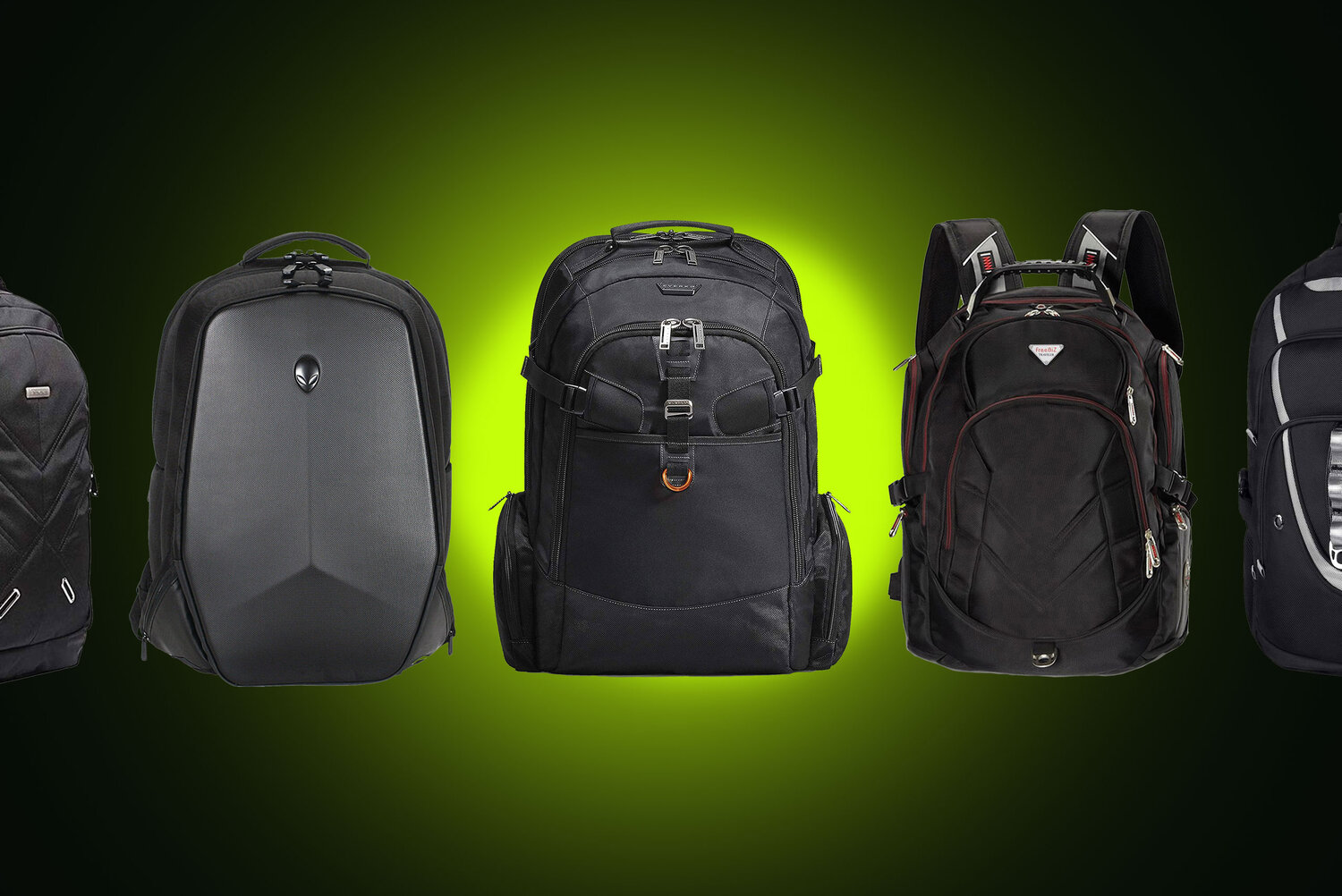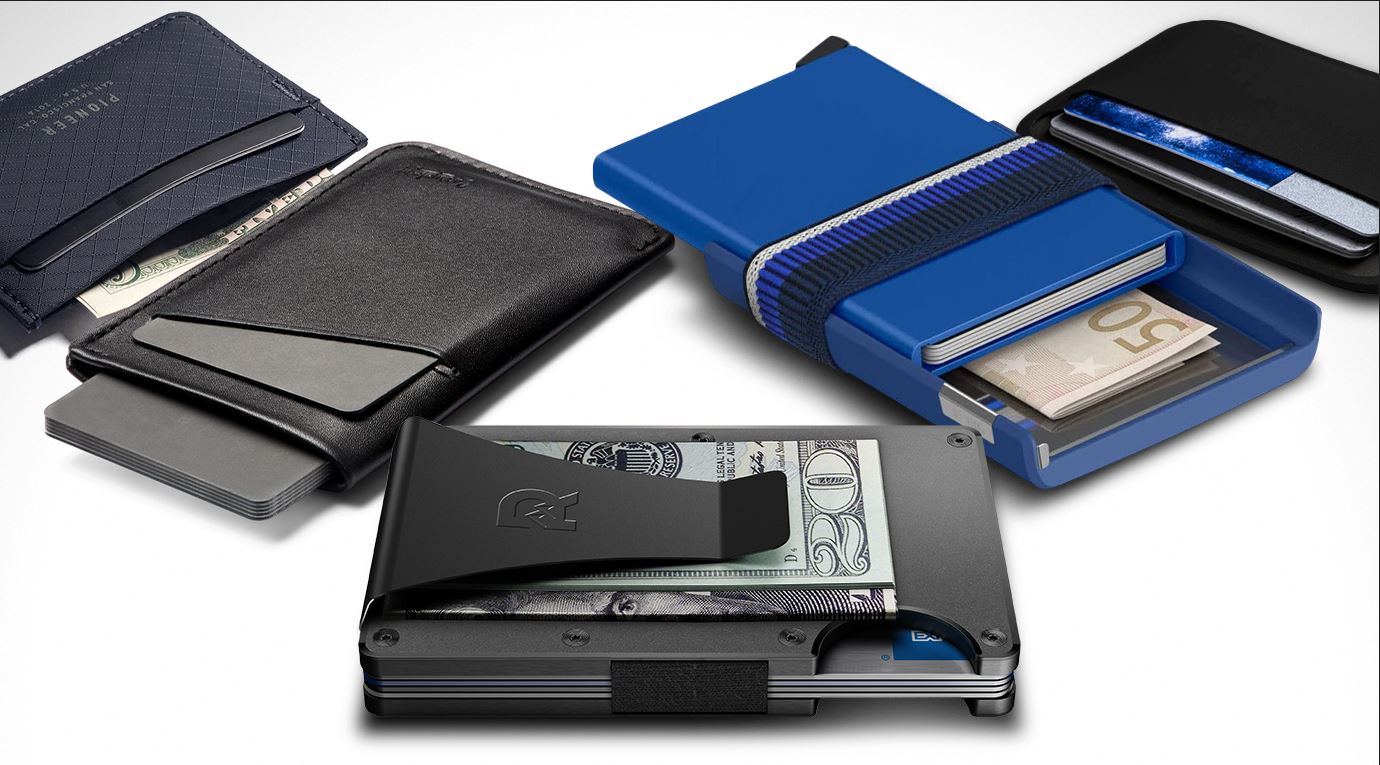Introduction
Rain RFID, also known as UHF RFID, is a technology that allows for wireless identification and tracking of objects using radio frequency signals. It has gained prominence in recent years due to its versatility and functionality in a wide range of industries.
The acronym “RAIN” stands for “RAdio frequency IdentificatioN” and was coined by the RAIN RFID Alliance, a global organization dedicated to promoting the adoption and implementation of Rain RFID technology. This technology has revolutionized the way businesses perform inventory management, asset tracking, supply chain optimization, and much more.
By utilizing radio frequency signals, Rain RFID enables the identification and tracking of objects without the need for physical contact. It involves the use of tags, which are small electronic devices, and readers, which are devices capable of emitting and receiving radio signals.
Over the years, Rain RFID has become an essential tool for many businesses, offering benefits such as improved efficiency, increased visibility, and enhanced operational control. The technology has found applications across various industries, including retail, logistics, healthcare, manufacturing, and many others.
In this article, we will explore the fundamental aspects of Rain RFID technology, its functionality, benefits, applications, as well as its limitations and how it compares to other RFID technologies.
What is Rain RFID?
Rain RFID, also known as UHF RFID (Ultra High Frequency RFID), is a wireless technology that enables the identification and tracking of items using radio frequency signals. It is a type of passive RFID technology, which means that the tags used in Rain RFID do not require an internal power source and rely on the energy transmitted by the reader to communicate.
The Rain RFID system consists of two main components: tags and readers. The tags, also referred to as transponders or labels, are small electronic devices that store and transmit data. These tags are attached to objects and contain a unique identifier, which can be read by the Rain RFID readers. The readers, on the other hand, are devices that emit radio frequency signals and capture the data transmitted by the tags.
When a Rain RFID reader emits electromagnetic waves, the tags within its range receive the energy and use it to power up. Once powered, the tags reflect a portion of the received energy back to the reader, modulating it with the stored data. The reader then captures the modulated signal and decodes the information, enabling the identification and tracking of the tagged items.
Rain RFID operates in the ultra-high frequency range, typically between 860 MHz and 960 MHz, allowing for a longer read range compared to other RFID technologies. This makes Rain RFID ideal for applications that require fast and accurate inventory management, asset tracking, and supply chain optimization.
One of the distinguishing features of Rain RFID technology is the ability to read multiple tags simultaneously. This feature, known as anti-collision, enables a reader to identify and process data from numerous tags within its range, improving efficiency and scalability in various real-world scenarios.
Rain RFID has become increasingly popular in industries such as retail, manufacturing, healthcare, logistics, and transportation. It offers a cost-effective and reliable solution for automating processes, reducing errors, enhancing visibility, and improving overall operational efficiency.
In the next section, we will delve deeper into how Rain RFID works and the key benefits it offers to businesses.
How Does Rain RFID Work?
Rain RFID technology operates based on the principles of radio frequency identification. It relies on the communication between two main components: the Rain RFID tags and the RFID readers. Let’s explore how these components work together to enable seamless identification and tracking of items.
1. RFID Tags:
Rain RFID tags are small electronic devices that consist of an antenna and a microchip. These tags come in various forms, such as adhesive labels, keychain fobs, or even embedded within products. Each Rain RFID tag contains a unique identifier, often referred to as an Electronic Product Code (EPC). The EPC serves as a digital representation of the tagged item and allows for its unique identification.
When a Rain RFID reader emits radio frequency signals, the tags within its range capture the energy and use it to power up. Once powered, the tags modulate the radio waves with the stored data, including the unique identifier. This modulated signal is then reflected back to the reader.
2. RFID Readers:
Rain RFID readers are devices that emit radio frequency signals and receive the modulated signals from the tags. These readers consist of an antenna, radio frequency circuitry, and a decoding mechanism. When a reader sends out radio waves, it creates an electromagnetic field, commonly referred to as the “RF field” or “read zone.”
When the RF field intersects with the tags, the energy from the reader powers them up. The tags in the field respond by modulating the signal with their unique identifier. The reader captures this modulated signal and decodes the information stored in the tags. The decoded data can be transferred to a computer or software for further processing.
3. Communication and Data Exchange:
During the interaction between the tags and the readers, the data is exchanged wirelessly. The readers emit a continuous wave or periodically send out interrogation signals to identify the tags within their range. The tags respond with their unique identifier, allowing the reader to recognize and retrieve the relevant information.
The communication between the tags and readers in Rain RFID systems is typically one-way. However, in some cases, there are implementations where additional information can be written or rewritten onto the tags using specialized readers or programming stations.
Overall, Rain RFID technology enables seamless identification and tracking of items by leveraging the interaction between RFID tags and readers. The wireless communication and energy transfer between these components ensure efficient data capture and enable businesses to streamline operations, enhance inventory management, and optimize supply chain processes.
Benefits of Rain RFID
Rain RFID technology offers numerous benefits to businesses across various sectors. From improved efficiency to increased visibility, let’s explore some of the key advantages of implementing Rain RFID in your operations.
1. Enhanced Inventory Management: Rain RFID enables real-time tracking of inventory, providing accurate and up-to-date information on item location, quantity, and movement. This helps businesses streamline their inventory management processes, reduce stockout situations, minimize overstocking, and optimize replenishment cycles.
2. Increased Operational Efficiency: With Rain RFID, businesses can automate manual processes involved in item tracking, auditing, and data capture. This automation leads to improved operational efficiency, reduced errors, and faster turnaround times. Employees can spend less time on manual data entry tasks and focus on higher-value activities.
3. Improved Supply Chain Visibility: Rain RFID enables end-to-end visibility throughout the supply chain, providing real-time insights into the movement of items from production to distribution to retail. Businesses can identify bottlenecks, track shipment statuses, and optimize logistics processes, leading to better inventory planning, reduced lead times, and enhanced customer satisfaction.
4. Loss Prevention and Theft Detection: Rain RFID can be used to implement anti-theft measures by tagging high-value items or assets. If a tagged item is unauthorizedly moved or exits a designated area, the system can trigger alerts and take preventive actions. This helps deter theft, minimize losses, and increase security within the organization.
5. Enhanced Customer Experience: By utilizing Rain RFID, businesses can offer improved customer experiences. For instance, in retail, tags on items enable seamless checkout experiences with automated scanning. In healthcare, Rain RFID ensures accurate and timely tracking of medical equipment, enhancing patient safety and reducing wait times.
6. Scalability and Flexibility: Rain RFID can be easily scaled as businesses grow or their requirements change. Whether it’s adding new tagged items, expanding the read range, or integrating the technology with existing systems, Rain RFID offers scalability and flexibility to adapt to changing business needs.
7. Cost Savings: Rain RFID can result in cost savings by reducing manual labor, minimizing errors, optimizing inventory levels, and preventing stockouts. It also helps in avoiding unnecessary purchases and improves asset utilization by eliminating the need for constant searching and replacing misplaced or lost items.
Rain RFID technology provides a robust and reliable solution for optimizing various aspects of business operations. By implementing Rain RFID, companies can achieve improved efficiency, increased visibility, enhanced customer experiences, and cost savings, ultimately leading to a competitive edge in the market.
Applications of Rain RFID
Rain RFID technology has found wide-ranging applications across various industries, transforming operational processes and enhancing efficiency. Let’s explore some of the key applications where Rain RFID is making a significant impact.
1. Retail: Rain RFID is extensively used in the retail industry for inventory management, supply chain optimization, and improving customer experiences. It allows retailers to automate the tracking of products from the distribution center to the store shelves, enabling real-time visibility and accurate inventory counts. This leads to reduced stockouts, minimized overstock situations, and streamlined replenishment processes. RFID tags on individual items enable faster checkout processes, enhancing the overall shopping experience.
2. Manufacturing: Rain RFID is utilized in manufacturing to optimize production processes, track work-in-progress (WIP), and manage inventory. RFID tags can be attached to components or products, enabling real-time tracking of the manufacturing process and facilitating error-free data capture. This improves traceability, enhances quality control, and enables efficient utilization of resources. Rain RFID also helps in automating supply chain processes, from receiving raw materials to shipping finished goods.
3. Healthcare: In the healthcare industry, Rain RFID plays a crucial role in asset tracking, inventory management, and patient safety. RFID tags are used on medical equipment, ensuring accurate and efficient tracking, reducing the risk of misplaced or lost items, and improving maintenance scheduling. RFID-enabled tracking systems also help in monitoring patient flow, enhancing safety during procedures, and streamlining patient admissions and discharges.
4. Logistics and Transportation: Rain RFID is widely adopted in logistics and transportation for tracking and tracing shipments, optimizing warehouse operations, and improving supply chain visibility. RFID tags on pallets, containers, and parcels enable real-time tracking, ensuring timely delivery, reducing inventory holding costs, and minimizing errors in order fulfillment. Rain RFID technology also helps in automating and streamlining the process of inventory verification, enabling faster inspections and reducing shipping errors.
5. Asset Management: Rain RFID is utilized in various industries for effective asset management. It enables businesses to track and locate valuable assets, equipment, and tools, reducing the time spent searching for misplaced items and optimizing asset utilization. RFID tags on assets provide real-time visibility and enable proactive maintenance scheduling, ensuring optimal performance and minimizing downtime.
6. Library Management: Rain RFID offers efficient solutions for library management systems. RFID tags on books and other library materials enable self-checkout, automated check-in and check-out, and real-time inventory management. This reduces manual labor, improves circulation processes, and enhances the overall experience for library patrons.
7. Event Management: Rain RFID technology is increasingly utilized in event management for access control, attendee tracking, and crowd management. RFID wristbands or badges allow for quick and secure entry to events, automate ticketing processes, and enable targeted marketing based on attendee behavior and preferences. Real-time tracking of attendees enhances event security, improves logistics planning, and provides valuable insights for event organizers.
These are just a few examples of how Rain RFID technology is revolutionizing various industries. The versatility of Rain RFID allows it to be applied to an array of use cases, delivering accurate data, improving operational efficiency, and optimizing processes for businesses across the globe.
Limitations of Rain RFID
While Rain RFID technology offers numerous benefits, it is important to understand its limitations and potential challenges that businesses may encounter during implementation. Let’s explore some of the common limitations of Rain RFID:
1. Limited Read Range: Rain RFID operates in the ultra-high frequency range, typically providing read ranges of several meters. However, the read range can be affected by environmental factors, interference, and the type of materials being tagged. Metal or liquid-based items tend to absorb radio waves, reducing the effective read range. Careful consideration must be given to the placement of RFID readers and tags to ensure optimal performance.
2. Line-of-Sight Requirement: Rain RFID relies on radio waves for communication. As a result, line-of-sight is generally required between the readers and tags for accurate data capture. If tags are obstructed by other objects, the signal may be weakened or blocked, leading to potential reading errors. This limitation may impact applications that require RFID reading in crowded or dense environments.
3. Limited Data Storage Capacity: Rain RFID tags typically have limited data storage capacity compared to other data storage devices. While they can hold unique identification numbers and basic information, they may not be suitable for storing large amounts of data or complex information. Additional systems or databases may be required for storing and retrieving detailed information associated with the tagged items.
4. Tag Collision: In scenarios where multiple RFID tags are within the read range of a reader simultaneously, tag collision can occur. Tag collision happens when tags respond to the reader’s signal simultaneously, causing interference and making it difficult for the reader to accurately read the information from each tag. Anti-collision protocols are used to mitigate this issue, but it can still pose a challenge in applications that involve a high density of tagged items.
5. Cost of Implementation: Implementing Rain RFID systems can require a significant upfront investment, including the cost of RFID tags, readers, and integration with existing systems. The cost of deploying and maintaining the necessary infrastructure, such as reader networks and backend software, should be carefully considered. However, the cost of Rain RFID technology has been decreasing over time, making it more accessible to a wider range of businesses.
6. Security and Privacy Concerns: As with any technology that involves data transmission, security and privacy are key concerns. Weak encryption or unauthorized access to RFID data can compromise the integrity of the system and the privacy of the tagged items. Adequate security measures should be implemented to protect the data and ensure that only authorized personnel have access to sensitive information stored on the tags or in the back-end systems.
7. Integration Complexity: Integrating Rain RFID technology into existing business systems and processes may require careful planning and coordination. Compatibility with legacy systems, software integration, and data synchronization can present challenges during deployment. Adequate training and change management processes should be in place to ensure a smooth transition and adoption of the technology.
Despite these limitations, Rain RFID remains a powerful tool for improving operational efficiency, asset management, and supply chain optimization. By understanding these limitations and addressing them proactively, businesses can mitigate potential challenges and leverage the benefits that Rain RFID has to offer.
Rain RFID vs. Other RFID Technologies
When it comes to RFID technology, Rain RFID is just one of several options available in the market. Each RFID technology has its strengths and weaknesses, making them suitable for different applications. Let’s compare Rain RFID with a few other common RFID technologies to understand their key differences.
1. Low-Frequency (LF) RFID: LF RFID operates in the frequency range of 125 kHz to 134 kHz. It is commonly used for short-range applications such as access control, animal identification, and proximity sensing. LF RFID has a shorter read range compared to Rain RFID, but it performs better in environments with metal or liquid interference. LF RFID is less susceptible to interference and provides better readability around conductive materials.
2. High-Frequency (HF) RFID: HF RFID operates in the frequency range of 13.56 MHz. It is commonly used for applications such as contactless payment systems, electronic passports, and ticketing. HF RFID offers faster data transfer rates compared to Rain RFID and is capable of reading multiple tags simultaneously. It has a shorter read range than Rain RFID, but it is less affected by interference from metal or liquid objects.
3. Ultra-High-Frequency (UHF) RFID: Rain RFID, also known as UHF RFID, operates in the frequency range of 860 MHz to 960 MHz. It is widely used for supply chain management, inventory tracking, and retail applications. Rain RFID offers a longer read range compared to LF and HF RFID, allowing for fast and accurate tracking of items over a larger area. It provides efficient tag anti-collision capabilities, enabling the reading of multiple tags simultaneously.
4. Near Field Communication (NFC): NFC is a subset of HF RFID and operates at the same frequency of 13.56 MHz. NFC enables two-way communication between devices and is commonly used for contactless payments, mobile ticketing, and secure data transfer between devices. Unlike Rain RFID, which operates over longer distances, NFC has a very short-range (typically a few centimeters) and requires close proximity between devices for effective communication.
Compared to LF and HF RFID technologies, Rain RFID offers a longer read range, making it more suitable for applications that require tracking items over larger areas or in challenging environments. Rain RFID also provides excellent scalability and anti-collision capabilities, enabling the simultaneous reading of multiple tags within the read range. However, Rain RFID may face limitations when it comes to tag readability in the presence of metal or liquid objects.
Ultimately, the choice between RFID technologies depends on the specific requirements of an application. Factors such as read range, environmental conditions, data transfer speed, scalability, and cost must be considered when selecting the most appropriate RFID technology for a particular use case.
It is important to conduct a thorough evaluation and feasibility study to determine which RFID technology aligns best with the goals and constraints of a given project.
Conclusion
Rain RFID technology, also known as UHF RFID, has revolutionized the way businesses track, identify, and manage objects. From inventory management to supply chain optimization, Rain RFID offers numerous benefits to various industries.
In this article, we explored the fundamentals of Rain RFID, including its functionality, benefits, applications, limitations, and a comparison with other RFID technologies. Rain RFID provides businesses with enhanced operational efficiency, improved inventory management, and increased supply chain visibility.
The ability to track items wirelessly and in real-time enables businesses to make data-driven decisions, minimize errors, and improve overall productivity. With Rain RFID, businesses can automate manual processes, reduce costs, and improve customer experiences.
However, it is important to consider the limitations of Rain RFID, such as its limited read range, line-of-sight requirements, and potential tag collision. These limitations should be addressed during the implementation process to ensure optimal performance.
When compared to other RFID technologies, Rain RFID stands out with its longer read range, scalability, and anti-collision capabilities. Nonetheless, the choice of RFID technology depends on the specific requirements of each application, considering factors such as read range, environmental conditions, data transfer speed, and cost-effectiveness.
Despite its limitations, Rain RFID has proved to be an invaluable tool in industries such as retail, manufacturing, healthcare, logistics, and more. Its versatility allows businesses to enhance their operations, optimize inventory management, improve supply chain visibility, and ultimately deliver better products and experiences to their customers.
As technology continues to advance, Rain RFID is expected to evolve further, offering even more capabilities and integration possibilities. Businesses willing to embrace this technology have the opportunity to gain a competitive edge in their respective industries.
In conclusion, Rain RFID is a powerful tool that enables businesses to improve efficiency, enhance visibility, and streamline operations. By leveraging the benefits of Rain RFID and understanding its limitations, businesses can unlock new opportunities for growth and success.

























